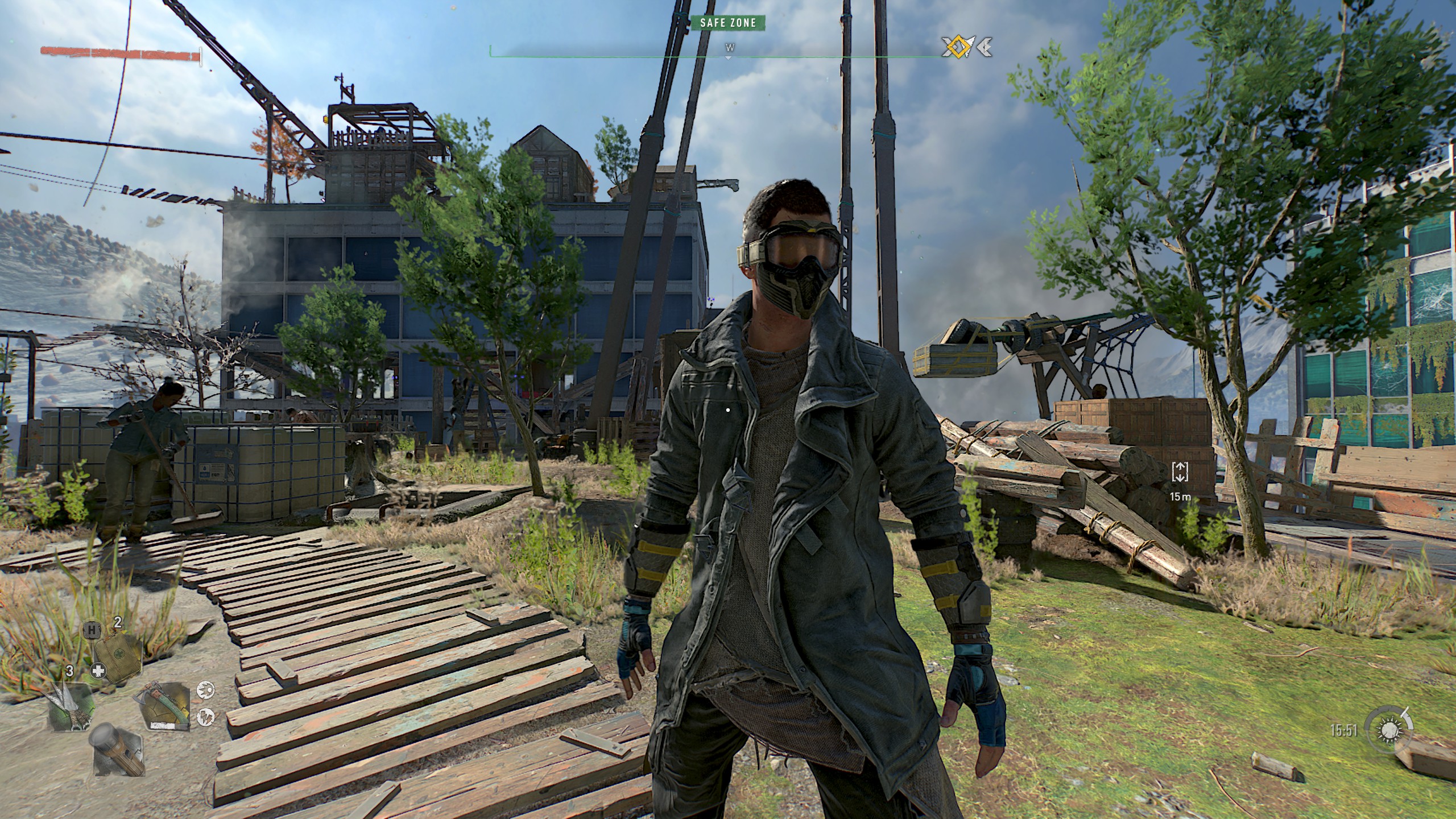Dying Light's latest patch means it's safe to turn on DLSS again
We were originally on the side of AMD's FSR when it came to Dying Light 2's upscaling options, but the latest update has tipped the scales again.

Techland has updated its zomb-stomping romp, Dying Light 2, with various fixes, but the one that matters most to me is the DLSS fixes. When we were carrying out our initial performance testing, checking out the best settings for Dying Light 2, we found that the original Nvidia DLSS experience was strangely muddy, and kinda reminiscent of the first-gen implementation of the AI-powered, game-prettifying feature.
In fact, it was such a disappointment I actually preferred the look of AMD's FidelityFX Super Resolution with the game in motion despite some strange anti-anti-aliasing artifacting of its own.
But having jumped back into the game for the first time since the patch was released, and with the RTX 3050 in tow, the game's DLSS implementation looks way better than it did on launch day. So far the game looks far sharper, at least inside the city limits, without the smearing in motion problems I was having in my initial play through.
And, importantly for Nvidia, it does now look that little bit better than FSR.
Patch 1.0.4 solves far fewer issues than the monstrous Day 1 update, which seemed to offer up hundreds of fixes, but does deliver some definite PC problems that we highlighted before.
Those patch notes in full:
- fixed various game crashing bugs
- fixed AI dead body replication in co-op
- added DLSS improvements
- fixed issue when players couldn't sell valuables to vendor
- fixed artifacts being sometimes visible on some AMD cards
- fixed mouse key binding options (meaning: you should be allowed to rebind your mouse buttons, we are still working on an additional implementation for extra mouse buttons)
- Video presets settings improvements
- Game stability improvements
So yeah, now that Techland has fixed up the muddy DLSS issues, I'm probably going to be switching back from FSR and rolling on down the zombie-filled road with DLSS running.
Keep up to date with the most important stories and the best deals, as picked by the PC Gamer team.

Dave has been gaming since the days of Zaxxon and Lady Bug on the Colecovision, and code books for the Commodore Vic 20 (Death Race 2000!). He built his first gaming PC at the tender age of 16, and finally finished bug-fixing the Cyrix-based system around a year later. When he dropped it out of the window. He first started writing for Official PlayStation Magazine and Xbox World many decades ago, then moved onto PC Format full-time, then PC Gamer, TechRadar, and T3 among others. Now he's back, writing about the nightmarish graphics card market, CPUs with more cores than sense, gaming laptops hotter than the sun, and SSDs more capacious than a Cybertruck.

